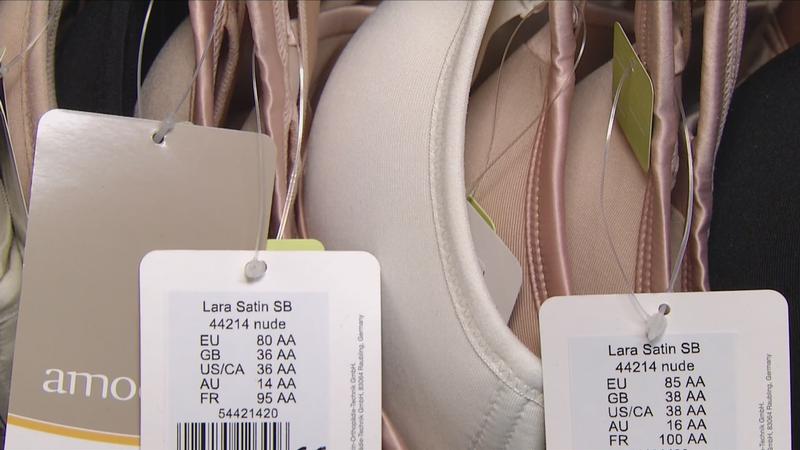Deanna’s Discoveries: Frank talk about breast reconstruction
[anvplayer video=”4976529″ station=”998131″]
ROCHESTER, N.Y. (WHEC) — To end Breast Cancer Awareness month, I’m taking a look at a question we all face but don’t talk about. Should I have breast reconstruction?
It’s a deeply personal decision that only you can make.
In this edition of Deanna’s Discoveries, I’m revealing to you what I chose, and why.
It was July of this year, I sat in front of my computer, watching a promo I’d just done for the American Cancer Society. There, I was forced to acknowledge the problem that had privately plagued me for months: my reconstructed breasts are now lopsided and I can no longer hide it.
It’s a problem that affects up to 20 percent of reconstruction patients called capsular contracture.

“It’s an aggressive reaction to the implant," says Dr. Howard Langstein, Chief of Plastic Surgery at URMC.
The body reacts to the implant and forms thick scar tissue that makes the implant hard, misshapen, and displaced.
"If patients receive radiation, it’s at a much higher rate. I personally think that 100 percent of patients who receive radiation either before the implant or after the implant is placed have capsular contracture,” said Dr. Langstein.
And that’s what happened to me. Scar tissue actually moved my implant months after my radiation treatments.
"It [radiation] knocks out tumor cells, but it also impairs the body in the healing process. So it makes you make extra scar tissue,” Dr. Langstein explains.
Sometimes surgery can correct the problem, but after two and a half years of cancer treatments, I don’t want another surgery.
Instead, I made a visit to Thelma’s Boutique, a little Rochester jewel where breast cancer patients can be fitted with bras and prostheses.
I met with Debi Cordovana, a certified mastectomy fitter She shows me the boutique filled with bras as well as full and partial prostheses. She measured me, then took a look at my bare chest to ascertain what I needed to make my reconstructed breasts look more symmetrical.
I immediately noticed she was wearing a sleeve that treats lymphedema, a common breast cancer surgery side-effect. She, too, is a breast cancer “thriver,” as she calls herself. In short, Debi gets it.
"We’re so grateful that we have survived it, that we will settle for how we look," she said, explaining why so many breast cancer survivors choose to do nothing about the appearance of their breasts, even when they’re it. But her message is that you don’t have to settle. You have options short of surgery.
It took Debi just moments to find just what I needed. The right bra plus the right prosthesis plus Debi’s expertise was an equation that worked. Inside an hour, she found a fix.
"And that’s why a lot of times they leave here and I cry. I’m so happy that I made them happy. You see the transition in their face,” she said. When I put on my shirt, I could see a clear improvement in the appearance of my breasts.
"Holy cow!” I told her. "That’s much better!”
“No miracles,” she said humbly. “We don’t have any magic.”
Perhaps a prosthesis and well-fitting bra are not magic, but feeling like yourself again is magical indeed.
When considering reconstruction there’s so much to think about. Dr. Langstein strongly suggests that you first call the Breast Cancer Coalition of Rochester. There, other survivors can help you talk through options so you can make the best choice for you.